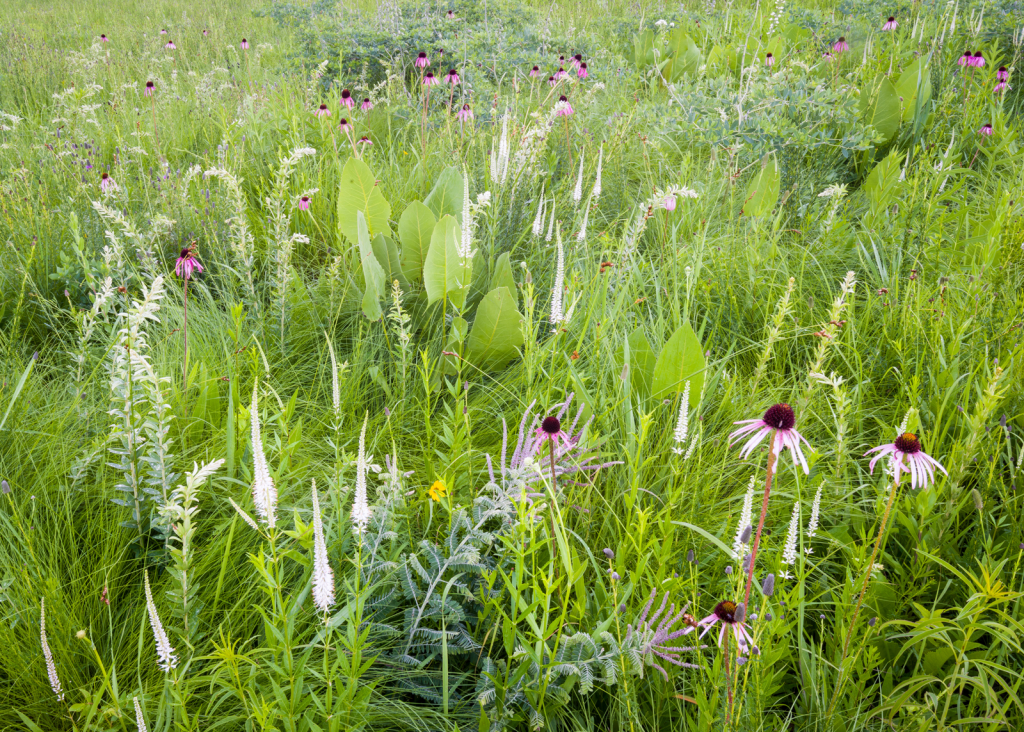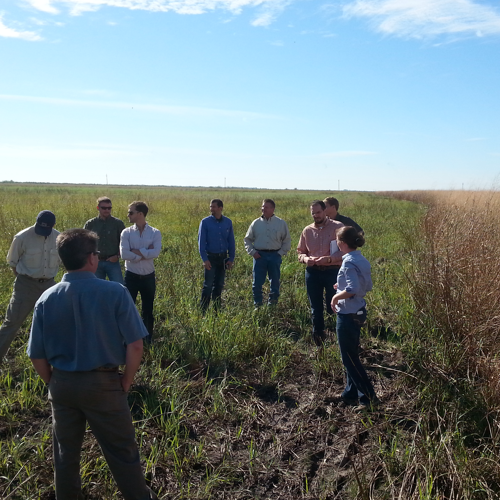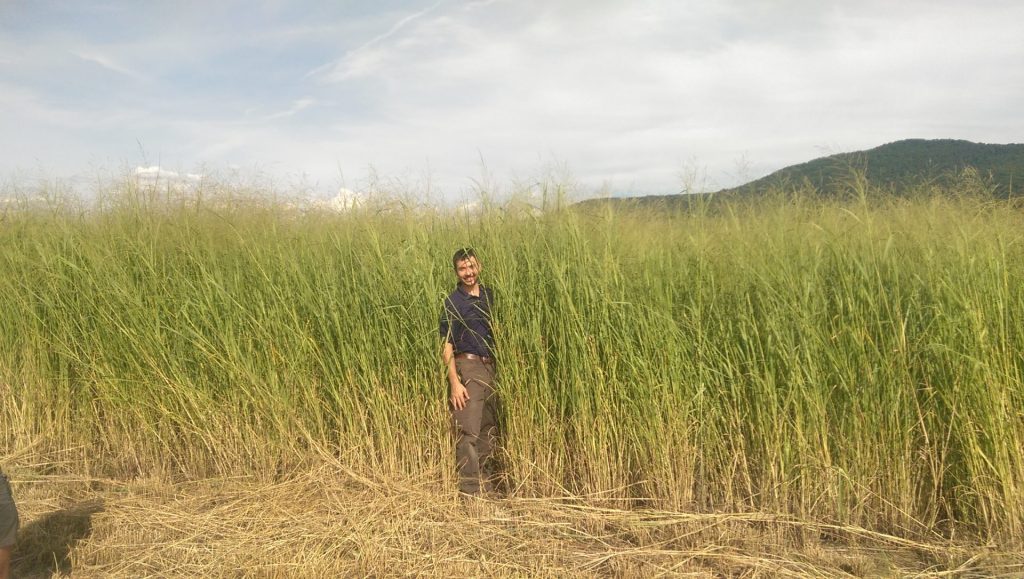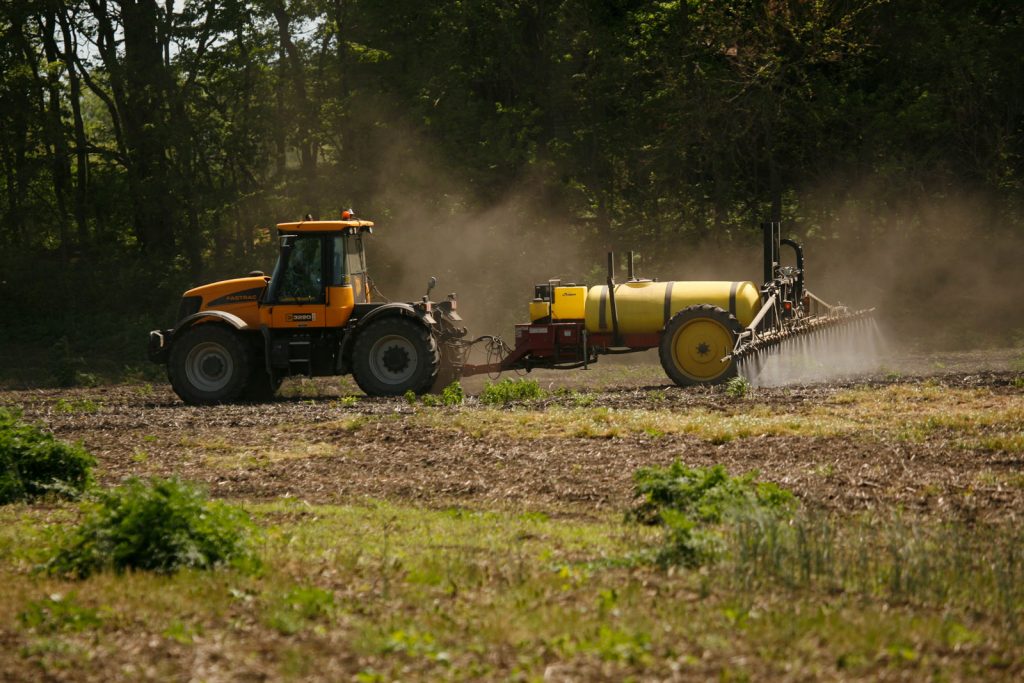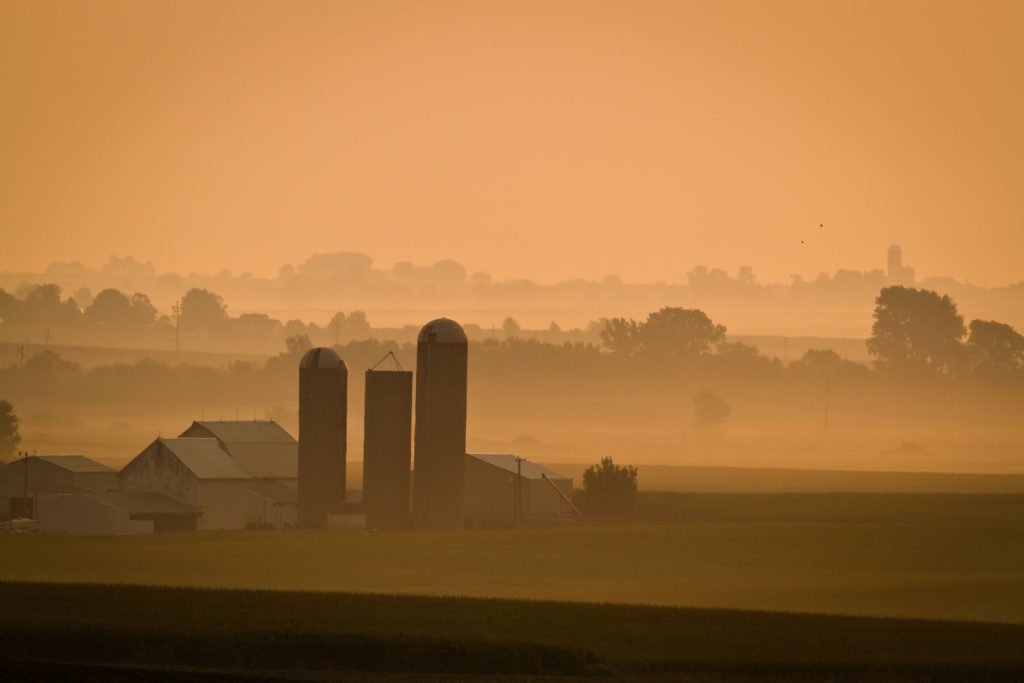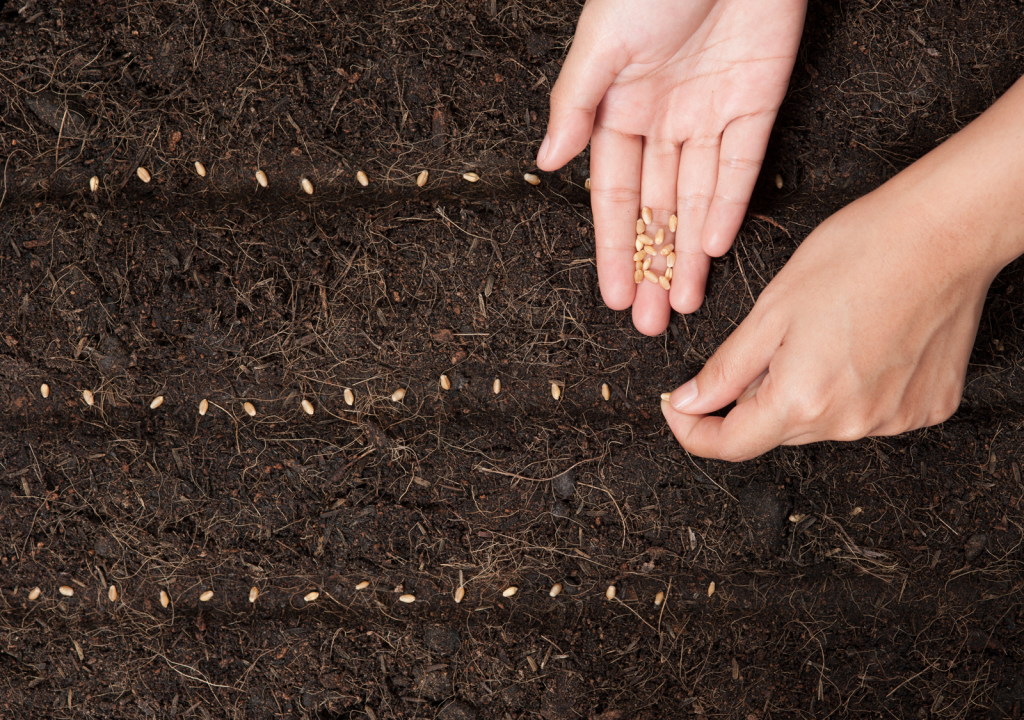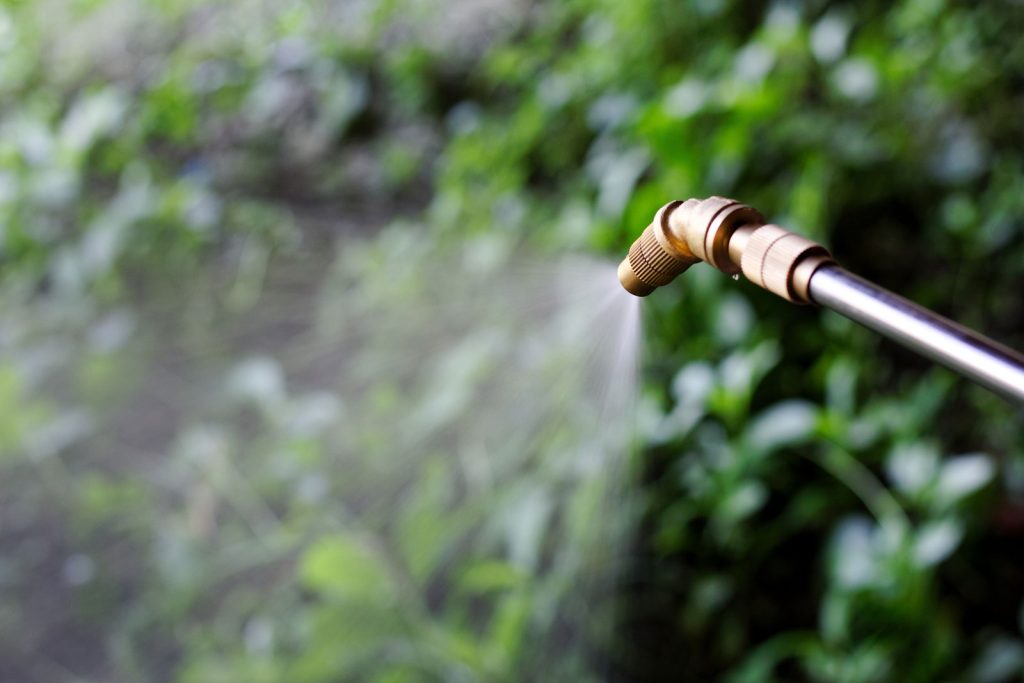The Importance of Site Preparation in CRP Projects
Establishing a successful Conservation Reserve Program (CRP) project goes beyond selecting the right seed. Proper site preparation is critical to the long-term success of native grass and forb plantings, as well as overall habitat restoration. At FDCE Conservation & Bioenergy, we understand the essential role site preparation plays in ensuring robust growth, minimizing invasive species, […]
The Importance of Site Preparation in CRP Projects Read More »

